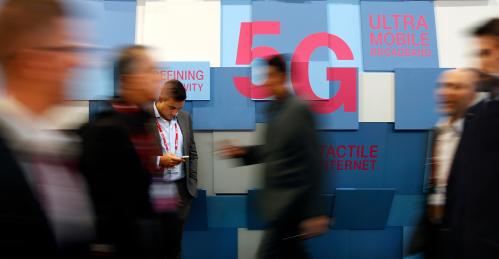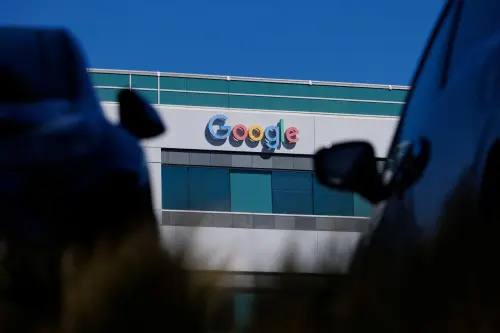

11:00 am EST - 12:15 pm EST
Past Event
11:00 am - 12:15 pm EST
1775 Massachusetts Avenue N.W.
Washington, DC
20036
Fifth-generation (5G) mobile networks are expected to be the next big leap in mobile broadband. Peak download speeds as high as 20 gigabits-per-second will enable specialized tasks like remote precision medicine, connected cars, virtual and augmented reality, and a wide array of internet of things (IoT) applications. Further, 5G will be a determining factor in whether or not mobile-dependent users fully partake in the global digital economy, especially as smartphones, cell phones, and other wireless-enabled devices become the only gateway to the internet for certain populations. Communities of color, who are often on the wrong side of the digital divide, are poised to benefit from 5G technologies, especially in its enablement of IoT applications in health care, education, transportation, and energy.
On January 23, The Center for Technology Innovation at the Brookings Institution hosted a discussion on the relationship between 5G networks and IoT applications, with an emphasis on how it stands to benefit communities of color. Panelists discussed why smartphone access and use matters to communities of color and explored how access to affordable and nationwide next-generation mobile networks can broaden the opportunities available to vulnerable populations.
After the session, speakers answered questions from the audience.
Related Content

Nicol Turner Lee
January 9, 2019


Moderator

Panelist



Mark MacCarthy
June 12, 2025

Laura Martinez, Jacob Taylor, Caren Grown
June 11, 2025
2025
Online only
Tuesday, 1:30 pm - 3:00 pm EDT